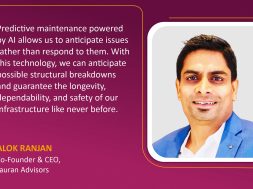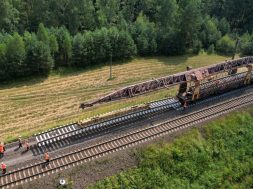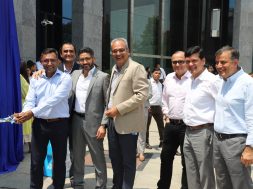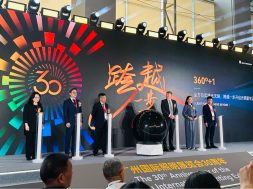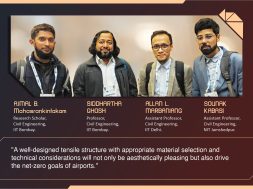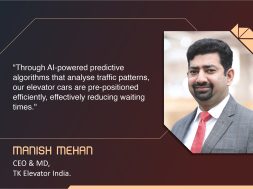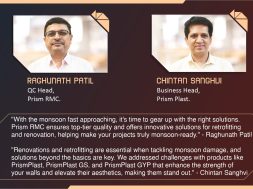AI driven predictive maintenance
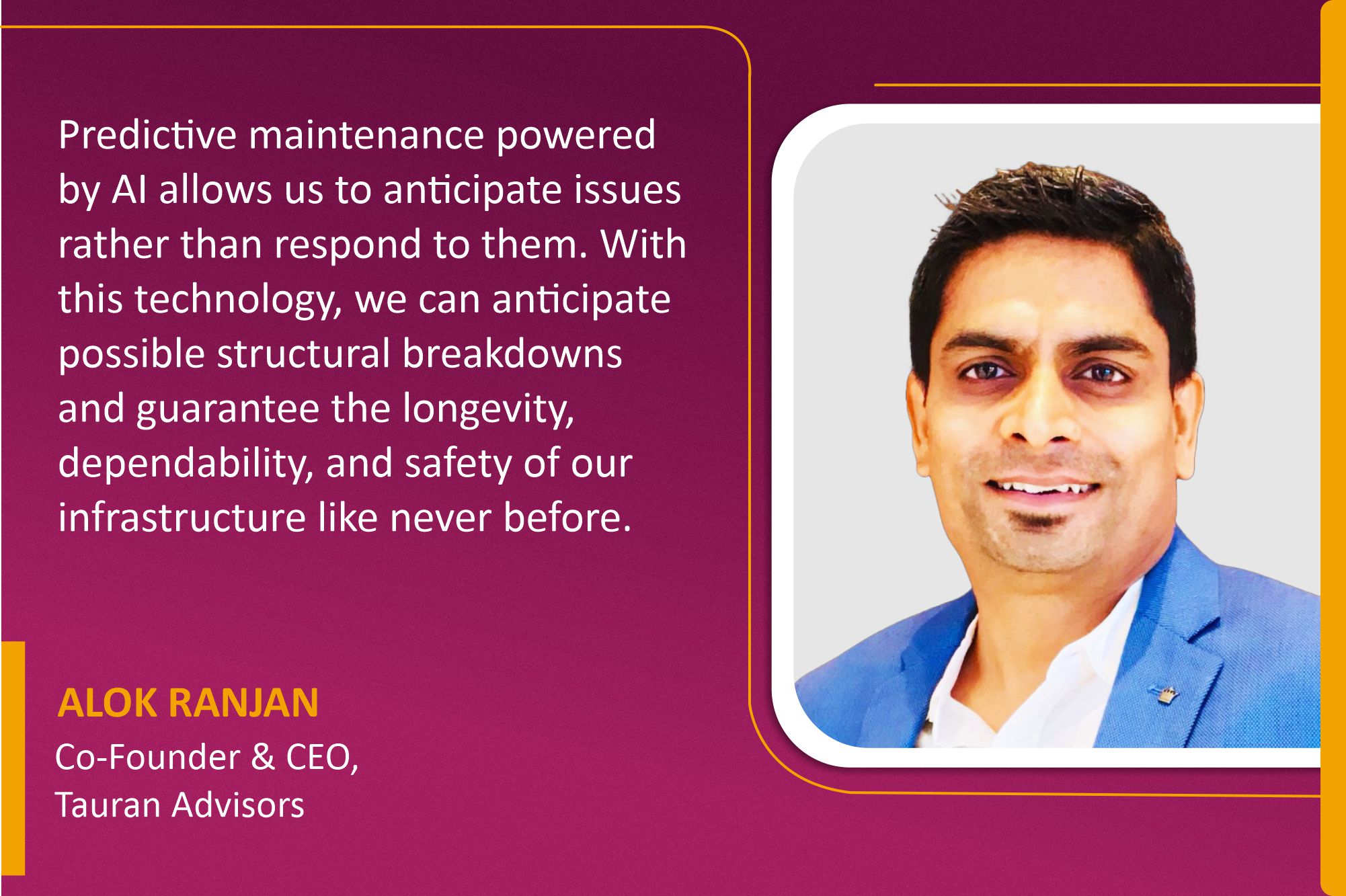
This interaction delves into innovative approaches to transforming our infrastructure, reducing the risk of failures, optimising maintenance processes, and ensuring our buildings’ and structures’ long-term safety and reliability.
Lately, India has witnessed numerous construction collapses. What proactive maintenance strategies could have been implemented to prevent such disasters and ensure long-term structural integrity?
India has recently experienced a series of building collapses, highlighting the urgent need for proactive maintenance strategies to prevent such disasters and ensure long-term structural integrity. Implementing these strategies involves leveraging advanced technologies that provide continuous monitoring and early detection of potential issues. IoT devices and sensors play a vital role in real-time data collection, allowing for the immediate identification of structural vulnerabilities. Predictive analytics, driven by machine learning algorithms, can analyse this data to detect patterns and anticipate failures before they occur. Digital Twin technology offers a dynamic model of how systems behave over time, enabling more informed and timely maintenance decisions. Condition-based maintenance further enhances resource efficiency by using IoT sensor data to evaluate the actual condition of equipment, ensuring that maintenance efforts are targeted where they are most needed. Additionally, Predictive Maintenance as a Service (PMaaS) provides scalable solutions for managing maintenance activities, thereby enhancing the reliability and longevity of infrastructure. Adopting these proactive strategies can significantly reduce the risk of building collapses, safeguarding lives and property.
Can you explain how AI-driven predictive maintenance systems work and how they have improved the ability to detect potential structural issues before they become critical?
Predictive maintenance systems powered by AI are good at seeing possible structural problems. Utilising Internet of Things (IoT) sensor installations, these systems continuously collect data on vital infrastructure health indicators like humidity, pressure, vibration, and temperature. After that, the data is combined and stored in the cloud, giving rise to a long-term, comprehensive picture of the state of the infrastructure. Machine learning algorithms can detect abnormalities by identifying patterns and correlations in this large dataset, which includes historical records. AI algorithms then use these insights to forecast the likely times and locations of breakdowns. Constant observation guarantees that the system can deliver alerts in real-time when thresholds are crossed, or anomalies are found. Based on these forecasts, AI-driven systems can also suggest particular maintenance procedures. This proactive approach reduces accident risks, enhances safety standards, prevents substantial costs associated with catastrophic events, and facilitates early detection and prevention of major failures. It also provides a deeper understanding of the structure’s lifecycle, enabling more informed decision-making. All of these benefits greatly improve the management of potential structural issues.
How do you see the relationship between AI and human expertise in maintenance evolving, particularly in maintaining structural excellence? Are there areas where human input is still irreplaceable?
Artificial intelligence (AI) and human maintenance knowledge are increasingly integrating into cooperative collaboration. Artificial intelligence (AI) improves human capacities by offering data-driven insights that support work prioritisation and decision-making. The need for people who can manage complex systems and analyse AI-generated insights increases as AI takes on everyday data analysis and monitoring activities. When human contextual knowledge, experience, and intuition are combined with AI’s accuracy, structural brilliance can be achieved with great potential. Even with advances in AI, some human abilities are still indispensable. Intelligent decision-making requires contextual understanding, which AI is unable to mimic fully.
Furthermore, AI is less socially adept than humans and human supervision is required to guarantee that maintenance plans adhere to moral principles. Because of their innate ability to think quickly and intuitively, human professionals are invaluable in times of crisis or unanticipated failure. To achieve maintenance outcomes that are both ethical and effective, AI and human expertise must work together.
For more information, visit: https://www.tauranadvisors.com/
Cookie Consent
We use cookies to personalize your experience. By continuing to visit this website you agree to our Terms & Conditions, Privacy Policy and Cookie Policy.
